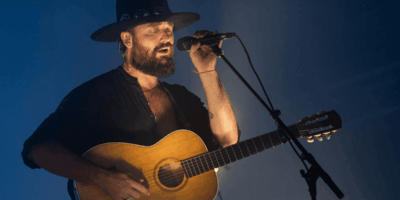Three years ago, Kamilaroi woman Cheree Toka launched a Change.org campaign to demand that the NSW government fly the Aboriginal flag every day on the Sydney Harbour Bridge.
As it stands, the flag is only flown 19 days a year — marking January 26th, Sorry Day, Reconciliation Week and Naidoc Week. When the Aboriginal flag isn’t flying, it’s replaced with the Australian and NSW State Flag.
Over the past three and a half years, Cheree has been posing the question to politicians, councillors and the government. Why is the Aboriginal flag not a permanent fixture on the Harbour Bridge?
“The Aboriginal flag is a reminder that the country has a history before European arrival,” says Toka. “I think it’s really important to have a symbolic gesture on the bridge that identifies the true history of Australia, which is a starting point for conversation around greater issues affecting the Indigenous population.”
In the three years since Toka began campaigning, she has gained over 157,000 digital signatures in addition to the required 10,000 pape signatures to bring the issue to NSW parliament.
At the close of 2019, parliament ruled that it would be too costly to construct a third flagpole to fly the Aboriginal glad daily. Instead of giving up, Cheree decided to crowdfund the $300,000 quoted by the government to “fund the flag” herself.
On MABO Day, Toka launched a GoFundMe page, with a concise goal: raise funds for a flagpole and send a “powerful message to NSW leaders that Australians won’t settle for anything less.”
Love Music?
Get your daily dose of metal, rock, indie, pop, and everything else in between.
As it stands, there have been more than 600 donors, that have collectively raised $19,750.
“Most people are stunned when I tell them that the Aboriginal flag is only raised 19 days each year on our iconic bridge,” a description on the GoFundMe page reads. “To see it fly permanently alongside the Australian and New South Wales flags will recognise and celebrate our indigenous heritage each and every day.”
Donate to ‘Be a part of history: fund the flag’ here.


































